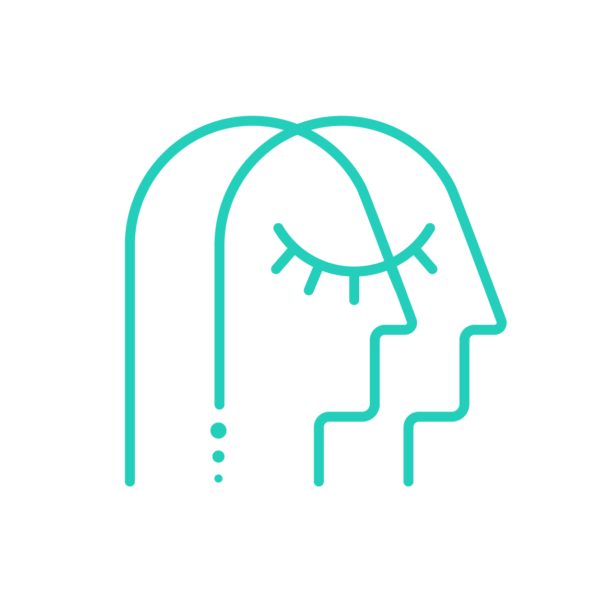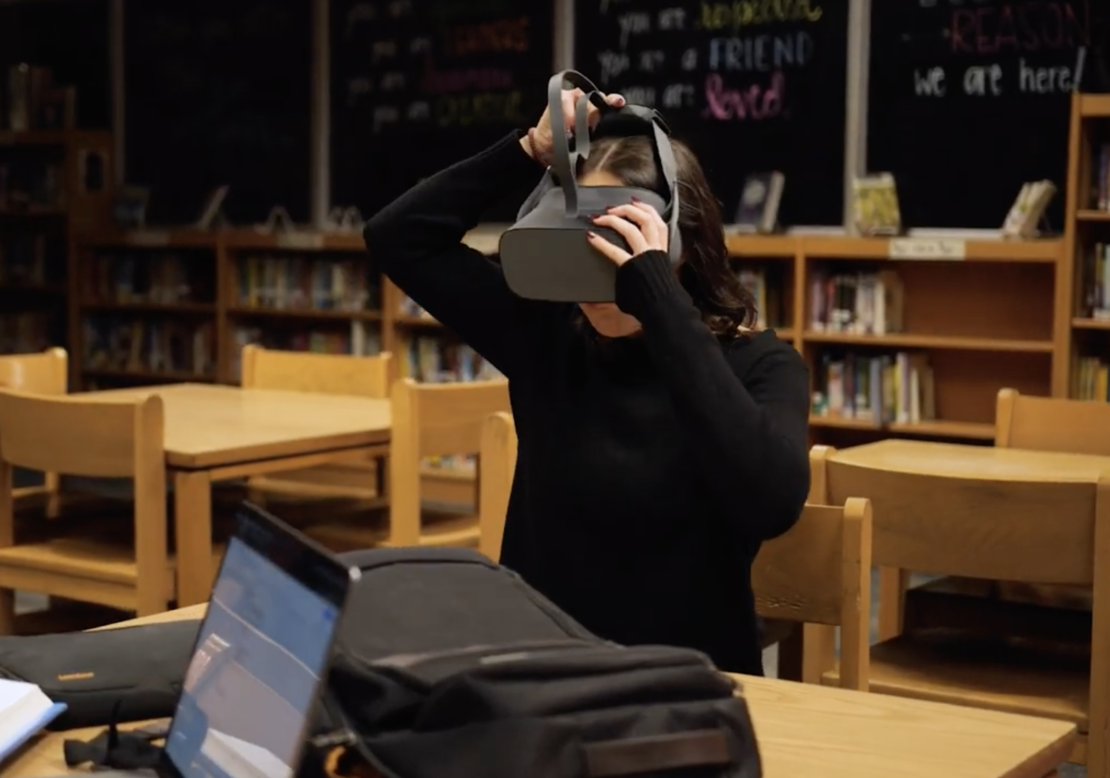




This study explores the effectiveness of XR-based relaxation training using virtual and augmented reality, combined with neurofeedback, to manage migraines in children and adolescents. Learn about the positive results, high patient acceptability, and potential benefits of XR in improving migraine outcomes for young patients.

Children’s Mercy Hospital in Kansas City recently conducted a study that was published in the Journal, “Children” to assess the feasibility of using Healium with pediatric migraine patients.
Migraine is a neurological disease that affects many people, including children and adolescents. Preventive treatment plays a crucial role in managing migraine, especially in children, as it can reduce the frequency and severity of migraine episodes. However, traditional treatments have limitations, including side effects and inconsistent results.
Relaxation training, with or without biofeedback, has shown promise in managing migraines. However, accessing these treatments and getting adolescents to stick to them can be challenging. The use of extended reality (XR) technology, which includes immersive virtual reality and augmented reality, offers a novel and engaging approach to relaxation training.
Virtual reality provides users with immersive experiences. Accessibly only through a VR headset like Pico or Meta Quest 2, VR has gained a lot of buzz lately through the expansion and adoption of the “metaverse”.
Augmented reality overlays virtual objects onto the real world. Adolescents are widely familiar with these technologies and many use them in their daily lives with apps like Snapchat, Instagram, and TikTok.
Collectively, these technologies are referred to as extended reality. In this study, researchers used both virtual and augmented reality with participants.
For neurofeedback, the BrainLink Lite EEG headband was used. This device is a wireless lightweight band worn over the forehead and underneath the VR headset. The headband contains three dry forehead electrodes to transmit the brainwave data via a Bluetooth connection for near real-time processing.
Through Healium’s mental wellness app, extended reality tech can be integrated with wearables like the BrainLink headband to provide real-time feedback and modify the environment based on the user’s own data. By combining XR with neurofeedback, it may be possible for adolescents to regulate the neural mechanisms involved in migraine generation.
While XR has been successfully used in procedures for pain management, its potential for treating recurring pain conditions like migraines in young patients is not yet known. This study aimed to investigate whether XR-based relaxation training could be a potential preventive treatment option for pediatric migraine patients.
The study recruited youths aged 10-17 years with a diagnosis of migraines. Participants underwent three XR-based relaxation training sessions:
–virtual reality without neurofeedback
–virtual reality with neurofeedback
—augmented reality with neurofeedback
Questionnaires were administered after each session to evaluate acceptability and side effects. The results showed that all participants rated XR relaxation training positively, with virtual reality preferred over augmented reality. Side effects were rated as mild, with vertigo being the most common. Participants provided feedback in an open-ended question.
“It was relaxing and I felt great after using it.”
“I like this because it helps with my breathing.”
“Felt in control of my emotions.”
“It was in a cool cave and I felt like I was flying.”
“Interesting visuals, background music made it a little easier to get immersed.”
“I enjoyed how interactive it was and how the sun is controlled with brain waves.”
“I think the most positive points were how cool and fun/easy to use.”
Participants were given the option to take the XR equipment home for a week of relaxation practice. All participants expressed a desire to take it home, with most choosing virtual reality. During the home trial, participants reported using the equipment for relaxation training on a median of 5 out of 7 days, with a duration of 6-10 minutes per session.
The positive open-ended comments from the home trial centered on the themes of
effectiveness for achieving relaxation and ease of use.
“You can do it at home without distractions. There was also a lot you can choose from”
“They were fun and made me calm down, and whenever I used it, I got a sense of well-being.”
“It calmed me and made me feel like I was relaxing; I would definitely use it again.”
Behavioral interventions that teach self-regulation skills can be instrumental in preventing migraine headaches in children and adolescents. XR-based relaxation training was well-received and tolerated by most participants.
The findings suggest that XR has the potential as an engaging and acceptable platform for shaping relaxation-based self-regulation skills for youths with migraines. The preference for fully immersive virtual reality and the inverse relationship between acceptability and side effect scores provide valuable insights for future intervention development.
This preliminary study demonstrates the acceptability and tolerability of XR-based relaxation training for pediatric migraine prevention. By leveraging XR technologies, healthcare providers can engage young patients in self-administered relaxation training that complements traditional treatments. The positive feedback and high adherence rates during the home trial highlight the potential benefits of XR in managing migraines. Healium XR holds promise as an innovative and accessible approach to improve the outcomes and quality of life for children and adolescents with migraines.
Review our additional clinical studies for more information about how Healium can be used for mental fitness in a variety of settings.